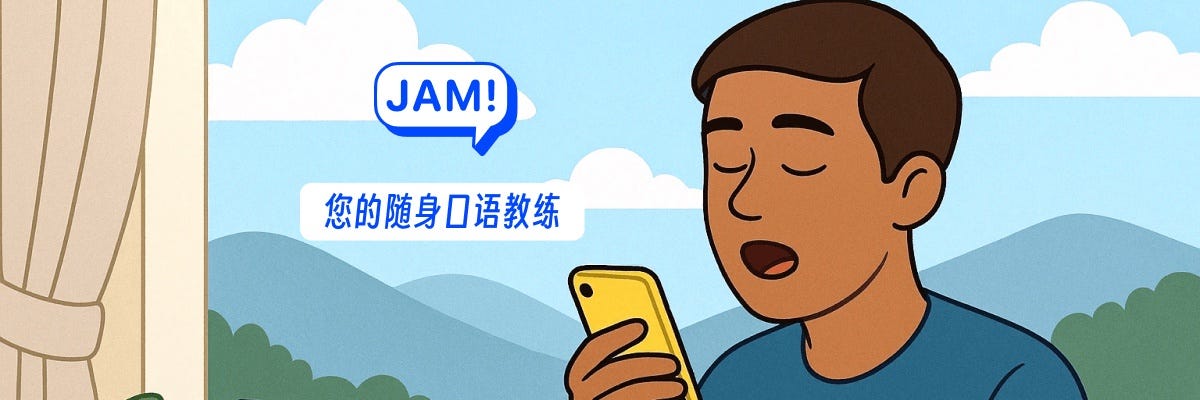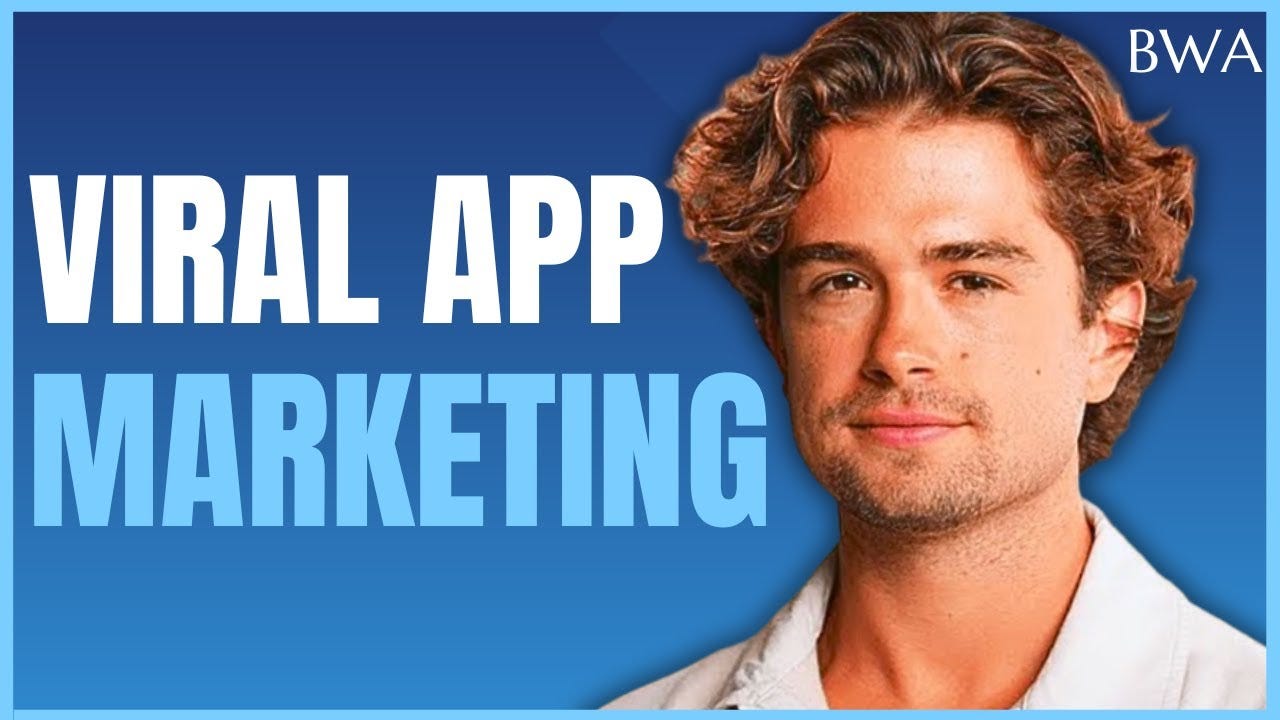73 / What to Do When Your Product Gets Copied?
Hello my friend! 👋
Not long ago, I had a conversation with a developer friend about a problem every indie maker secretly fears: what if someone copies your product?
I tweeted a few initial thoughts of my own:
Go vertical — pick a niche too small or boring for big players to care.
Build user lock-in — the more data and habits people create, the harder it is to leave.
Relying on technical moats is almost impossible in the AI era.
Put your personality into the product — copying features isn’t the same as copying a person.
That tweet sparked a lively discussion. I’ve pulled together some of the best insights, along with a few real-world cases that show how copycats work — and how you might survive them.
1. The Harsh Reality
The first point many people made: you can’t really prevent copying.
In tech, technical moats vanish quickly. If your idea shows traction, larger players with bigger teams and more resources can replicate it fast.
Think of Snapchat’s Stories feature. It was novel when it launched, but soon Instagram, WhatsApp, and Facebook all rolled out their own versions. Snapchat didn’t disappear, but its growth ceiling was capped.
So the question isn’t “how do I stop them from copying?” It’s “what can I do that makes copying less damaging?”
The newsletter is sponsored by JAM
Learning English isn’t about memorising words—it’s about speaking out loud.
JAM is a one-minute speaking practice app: pick a random topic, talk for 60 seconds, and get instant AI feedback on pronunciation, grammar, and fluency. Just one minute a day takes you from “too shy to speak” to “ready to express yourself.”
Special for newsletter readers: claim 1 month free membership (worth $5) and start your 30-day speaking challenge. One minute a day—see how fluent you can become.
2. Common Survival Strategies
Go Niche
One way is to build in markets too small or too weird for giants to care.
CAD plugins are a classic example: obscure, technical, but enough to sustain small teams.
Notion is another: it didn’t try to be a universal Word or Excel killer. It built a modular, flexible workspace that appealed to a niche of knowledge workers and slowly expanded outward.
Build User Lock-in
If users accumulate data, history, or workflows in your product, leaving becomes painful.
Evernote, at its peak, had this power. Even when Microsoft made OneNote free, many users stuck around because moving years of notes wasn’t worth it.
Outrun the Copycats
Speed is often the only real moat. Indie teams can ship faster than giants.
One founder in my mentions put it bluntly: “By the time a competitor copied one of our features, we’d already launched three new ones.”
Contrast that with Clubhouse. When it exploded in 2020, Twitter, Facebook, and Spotify all launched audio rooms within months. Clubhouse couldn’t ship fast enough, and the hype evaporated.
Personality and Brand
Features can be copied. Personality can’t.
Basecamp (formerly 37signals) is a great case. Its project management software has always been simple, even minimal. But its contrarian brand voice and “less is more” philosophy built a loyal user base that Microsoft Project could never touch.
Community and Story
Another strategy is to build around people, not just features.
TikTok is the obvious case. Instagram and YouTube copied its short video format, but TikTok’s algorithm, culture, and creator community made it irreplaceable.
Users don’t just want features — they want the vibe, the story, and the people behind them.
3. Alternative Plays
Not every solution is about fighting. Some creators suggested taking the opposite route:
Sell early: If a giant wants to copy you, maybe being acquired is the cleanest exit.
Lean into being small: A product that only makes “enough” money can still be a sustainable indie business, even if it’s not defensible at scale.
Get funding: If your idea is truly big, raising capital before launch can create a moat that scares copycats away.
And of course, there’s the zen approach: don’t care too much. If someone copies you, it means you were onto something.
4. My Take
As indie makers, we’re almost guaranteed to face copycats at some point. But the game isn’t about stopping them. It’s about making yourself harder to replace.
That could mean:
Picking niches too weird or too deep for big players.
Shipping so fast that competitors are always behind.
Putting yourself, your personality, and your brand into the product.
Building a community around your work, not just a feature set.
Copycats can steal your idea, but they can’t steal you.
If your product gets cloned tomorrow, what’s your move: fight back head-on, or run faster than everyone else?
Video version:
Goodies this week
A Landing Page Design with Premium Feel
Basit A. Khan shared the first look at his new landing page design on X. Designers call it “clean,” clients call it “premium,” and he simply calls it “done.”
The highlight here is in the hero section — an abstract animated background combined with blur and glass transparency effects, giving it an instant sense of elegance and futurism. It’s deceptively simple, though the glass effect likely requires code to implement so it maintains both visual quality and performance.
My personal take:
I love this “less is more” approach to achieving a premium look. For tech brands especially, the clean + futuristic visual language works beautifully. Often, it’s not about piling on elements, but about using a few precise visual techniques to convey the brand’s essence. If you’re working on a website and want to communicate innovation and forward-thinking, this style is absolutely worth exploring.
Original link (post): https://x.com/basit_designs/status/1953476697497452933
Diagram-to-Vid: A Creative Way to Use Veo3
This post from Rory Flynn shows a super creative way to use Veo3 for video creation. Instead of just typing a prompt, he demonstrates a "Diagram-to-Vid" approach where you can draw directly on an image to specify exactly how you want the motion to look. He gives examples like pulling the camera back, applying a motion brush effect, and sequencing different actions, showing how you can get incredibly specific results from a simple visual guide.
My Take:
This is just too cool. What I love about this approach is that it makes me feel less like a prompt engineer and more like an actual creative director. In a traditional agency, a creative director would often sketch out a storyboard or draw arrows on an image to brief the team. This "Diagram-to-Vid" method with Veo3 feels exactly like that, but the AI is your motion graphics artist.
You find an image, add some notes and diagrams directly on it, and then get a result that feels like you've really "directed" it. It gives you so much more control and creative freedom than just a text prompt. This isn't just about making things; it's about giving a creative vision a tangible, executable form in a way that’s incredibly intuitive and powerful. This is the kind of AI-assisted creativity I get really excited about.
Original Post: https://x.com/Ror_Fly/status/1950352402416115788
How to MARKET a Viral App in 2025
Blake Anderson, an entrepreneur who has scaled apps to millions of downloads, breaks down his playbook for marketing a viral app in 2025. This YouTube video is the fourth part of a series, and it's full of practical, no-fluff advice. He boils it down to three core principles and three key methods, all designed to help you get your app in front of the right people.
My Take:
Watching this video felt like a wake-up call. We, as entrepreneurs and creators, spend so much time perfecting our product and maybe 20% on marketing. But Blake flips that idea on its head, advocating for an 80/20 split: 80% doing, 20% learning. That really hit home for me.
Here’s what resonated the most:
Don't tell me how good your app is; tell me it can make my life better. He emphasizes that good marketing taps into basic human desires like social status and self-improvement. It’s not about features; it’s about the emotional benefit. This is a game-changer for how I think about pitching my own work.
Rapid Iteration is key. The idea of testing four different hooks, finding the best one, and then doubling down is a powerful, practical strategy. It’s a scientific approach to creative work, which I love.
Marketing is a skill you can learn and practice. I’ve always viewed marketing as something that “other people” do. But Blake's message is clear: every entrepreneur needs to be a marketer. I’m committing to spending at least an hour every day on social media marketing to practice this skill, because it’s a practical skill, and you only get better by doing.
This video is a great reminder that marketing isn't just a department; it's a core function of building a successful product. And the best way to get good at it is to just start doing it.
Original video:






